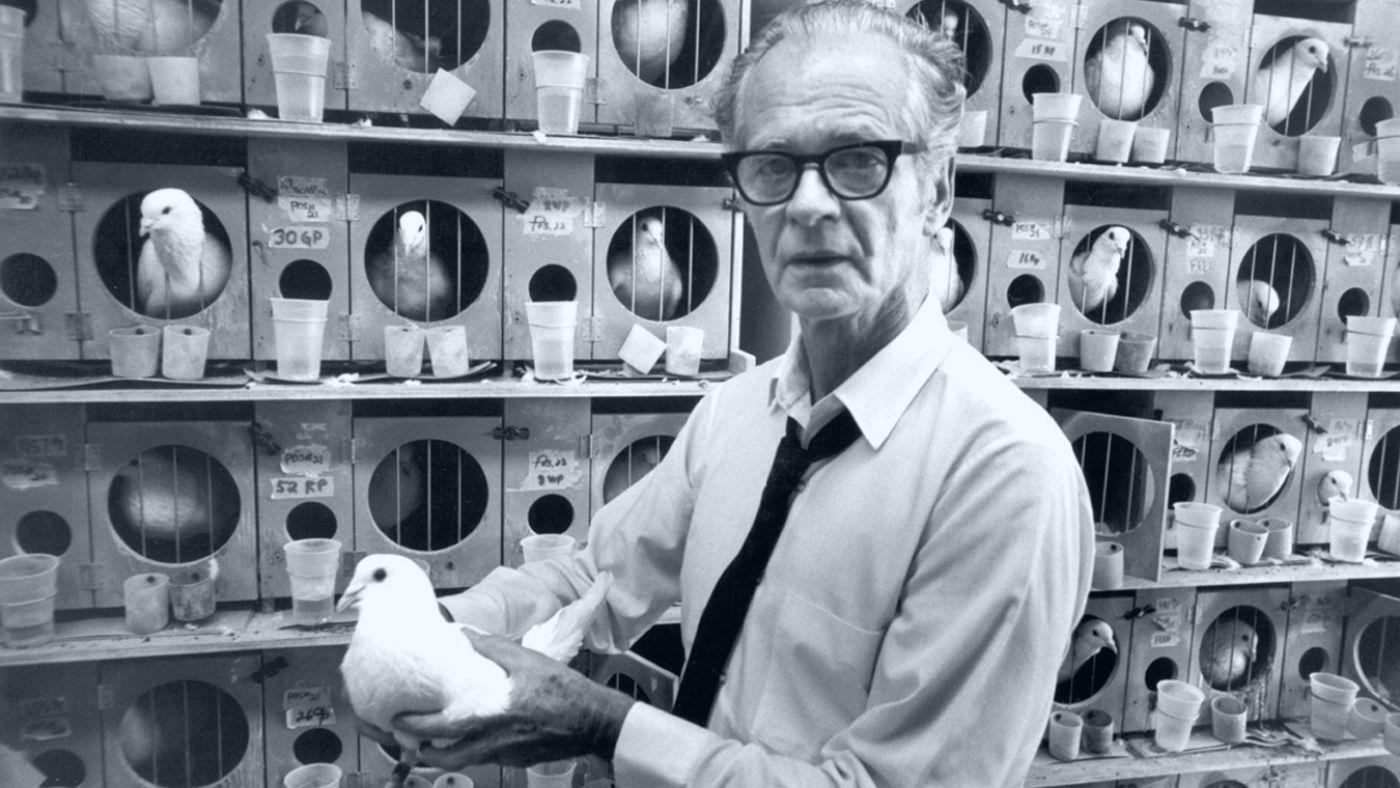
How to Pursue a Career as a Pilot
Created:
Updated:
Dreaming of soaring through the skies, traveling the world, and experiencing the thrill of flying? Becoming a pilot is an exciting and rewarding career choice, especially for students who are passionate about aviation. However, the path to becoming a pilot requires dedication, hard work, and a clear understanding of the steps involved. If you’re a student aspiring to take to the skies, this blog is for you. We’ll break down everything you need to know about how to become a pilot, from education and training to licensing and career opportunities.
Why Become a Pilot?
Before diving into the how, let’s talk about the why. Why should you consider becoming a pilot? Here are a few reasons:
- 1. Adventure and Excitement: Few careers offer the thrill of flying an aircraft and exploring the world from above.
- 2. Travel Opportunities: Pilots get to visit new places and experience different cultures.
- 3. High Earning Potential: Pilots are well compensated, especially as they gain experience.
- 4. Job Stability: The aviation industry is growing, and there’s a high demand for skilled pilots.
- 5. Personal Fulfillment: Flying is a dream for many, and turning that dream into reality is incredibly rewarding.
Now that you know why becoming a pilot is an excellent career choice, let’s explore the steps to make it happen.
Step 1: Understand the Types of Pilots
Before you start your journey, it’s essential to understand the different types of pilots and their roles. This will help you decide which path is right for you.
- 1. Commercial Pilot: Flies passengers or cargo for airlines.
- 2. Airline Transport Pilot (ATP): The highest level of pilot certification, required for captains of commercial airlines.
- 3. Private Pilot: Flies for personal or recreational purposes.
- 4. Military Pilot: Flies aircraft for the armed forces.
- 5. Charter Pilot: Flies private or chartered flights for individuals or companies.
As a student, you’ll likely start by aiming for a private or commercial pilot license and work your way up.
Step 2: Meet the Basic Requirements
To become a pilot, you’ll need to meet certain basic requirements. These include:
- 1. Age: You must be at least 16 years old to fly solo and 17 to obtain a private pilot license. For a commercial pilot license, you need to be at least 18.
- 2. Education: A high school diploma is the minimum requirement, but many aspiring pilots pursue a bachelor’s degree in aviation or a related field.
- 3. Medical Fitness: You’ll need to pass a medical exam conducted by an aviation medical examiner to ensure you’re physically and mentally fit to fly.
- 4. Language Proficiency: You must be proficient in English, as it’s the international language of aviation.
Step 3: Choose the Right Educational Path
While a college degree isn’t mandatory to become a pilot, it can give you a competitive edge. Here are some educational options to consider:
- 1. Aviation Degree Programs: Many universities offer bachelor’s degrees in aviation, aeronautical science, or aerospace engineering. These programs often include flight training as part of the curriculum.
- 2. Flight Schools: If you prefer a more focused approach, you can enroll in a flight school. Look for schools accredited by the Federal Aviation Administration (FAA) or other relevant aviation authorities.
- 3. Military Training: If you’re interested in becoming a military pilot, consider joining the armed forces. Military training is rigorous but can lead to a successful career in aviation.
Tip: Research schools and programs thoroughly to find one that aligns with your goals and budget.
Step 4: Obtain a Student Pilot Certificate
Before you can start flying, you’ll need a student pilot certificate. Here’s how to get one:
- 1. Apply Online: You can apply for a student pilot certificate through the FAA’s Integrated Airman Certification and Rating Application (IACRA) website.
- 2. Meet the Requirements: You’ll need to be at least 16 years old and able to read, speak, and understand English.
- 3. Pass a Medical Exam: Schedule an appointment with an aviation medical examiner to obtain a medical certificate.
Step 5: Start Flight Training
Flight training is the most critical part of becoming a pilot. Here’s what you can expect:
- 1. Ground School: This is the classroom portion of your training, where you’ll learn about aerodynamics, weather, navigation, and aviation regulations.
- 2. Flight Lessons: You’ll work with a certified flight instructor (CFI) to learn how to operate an aircraft. This includes takeoffs, landings, and emergency procedures.
- 3. Solo Flights: Once your instructor believes you’re ready, you’ll start flying solo. This is a significant milestone in your training.
- 4. Flight Hours: To obtain a private pilot license, you’ll need at least 40 hours of flight time, including 20 hours with an instructor and 10 hours solo.
Tip: Stay consistent with your training and practice regularly to build confidence and skills.
Step 6: Earn Your Private Pilot License (PPL)
After completing your flight training, you’ll need to pass a written exam and a practical test (checkride) to earn your private pilot license. Here’s what’s involved:
- 1. Written Exam: This multiple-choice test covers topics like airspace, weather, and flight planning.
- 2. Checkride: The practical test includes an oral exam and a flight test with an FAA-designated examiner.
Once you have your PPL, you can fly solo or with passengers, but you won’t be able to get paid for flying yet.
Step 7: Build Flight Hours and Experience
To become a commercial pilot, you’ll need to accumulate more flight hours. Here are some ways to build experience:
- 1. Flight Instructing: Many pilots start by becoming flight instructors to build hours while earning money.
- 2. Banner Towing or Aerial Photography: These jobs allow you to gain experience while working in aviation.
- 3. Join a Flying Club: Flying clubs offer affordable access to aircraft and opportunities to network with other pilots.
Tip: Aim for at least 250 flight hours to qualify for a commercial pilot license.
Step 8: Obtain a Commercial Pilot License (CPL)
To get paid for flying, you’ll need a commercial pilot license. Here’s how to earn one:
- 1. Advanced Training: Complete additional flight training, including night flying and advanced maneuvers.
- 2. Written Exam: Pass the commercial pilot written exam.
- 3. Checkride: Pass the commercial pilot checkride with an FAA examiner.
With a CPL, you can work as a pilot for charter companies, cargo carriers, or regional airlines.
Step 9: Earn Additional Certifications and Ratings
To advance your career, consider earning additional certifications and ratings, such as:
- 1. Instrument Rating: Allows you to fly in low-visibility conditions.
- 2. Multi-Engine Rating: Qualifies you to fly aircraft with more than one engine.
- 3. Airline Transport Pilot (ATP) Certificate: Required to become a captain for a major airline.
Step 10: Start Your Career as a Pilot
Once you’ve earned your licenses and built enough experience, it’s time to start your career. Here are some common career paths for pilots:
- 1. Regional Airlines: Many pilots start with regional airlines to gain experience before moving to major carriers.
- 2. Cargo Pilots: Fly cargo for companies like FedEx or UPS.
- 3. Corporate Pilots: Work for private companies, flying executives or clients.
- 4. Flight Instructors: Continue teaching the next generation of pilots.
Tip: Network with other pilots and attend aviation job fairs to find opportunities.
Becoming a pilot is a challenging but incredibly rewarding journey. It requires dedication, hard work, and a passion for aviation. As a student, you have the advantage of time to explore your options, gain experience, and build your skills. Remember, the sky’s the limit—literally!
If you’re ready to take the first step, start by researching flight schools, meeting with aviation professionals, and setting clear goals. With determination and perseverance, you can turn your dream of becoming a pilot into reality.
Read More: Should You Pursue Academia or Industry After a Master's Degree?


